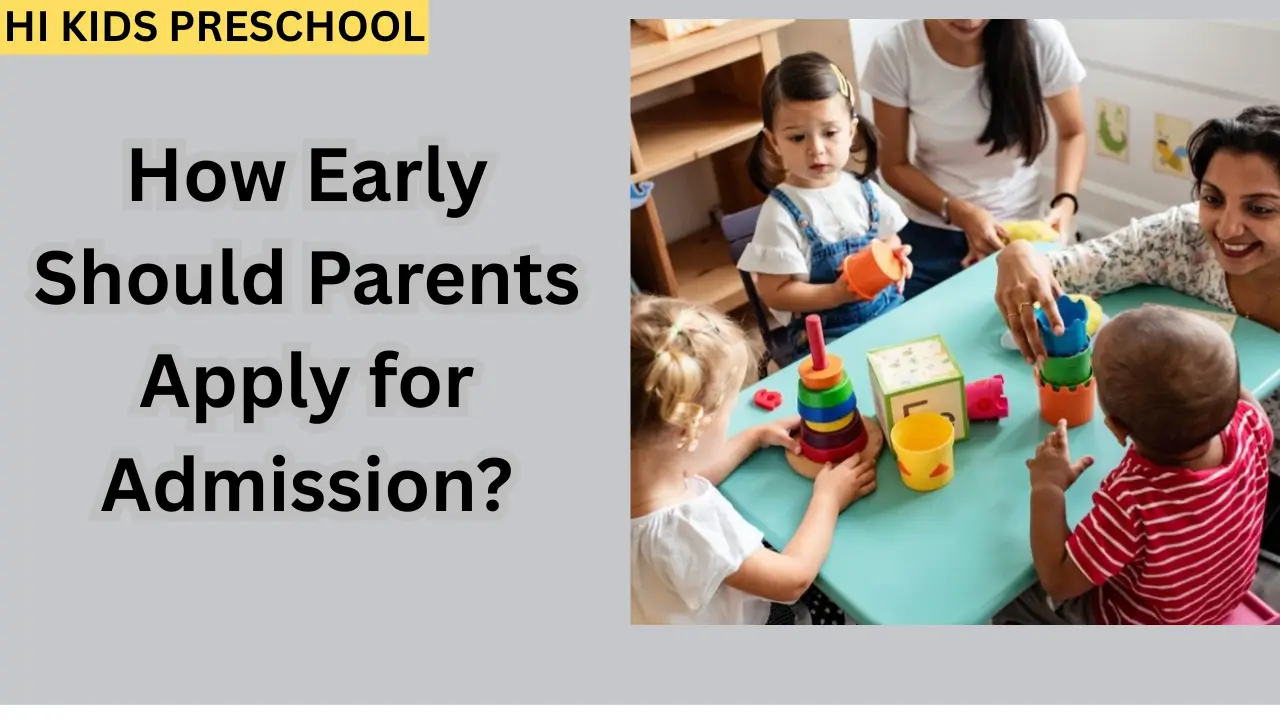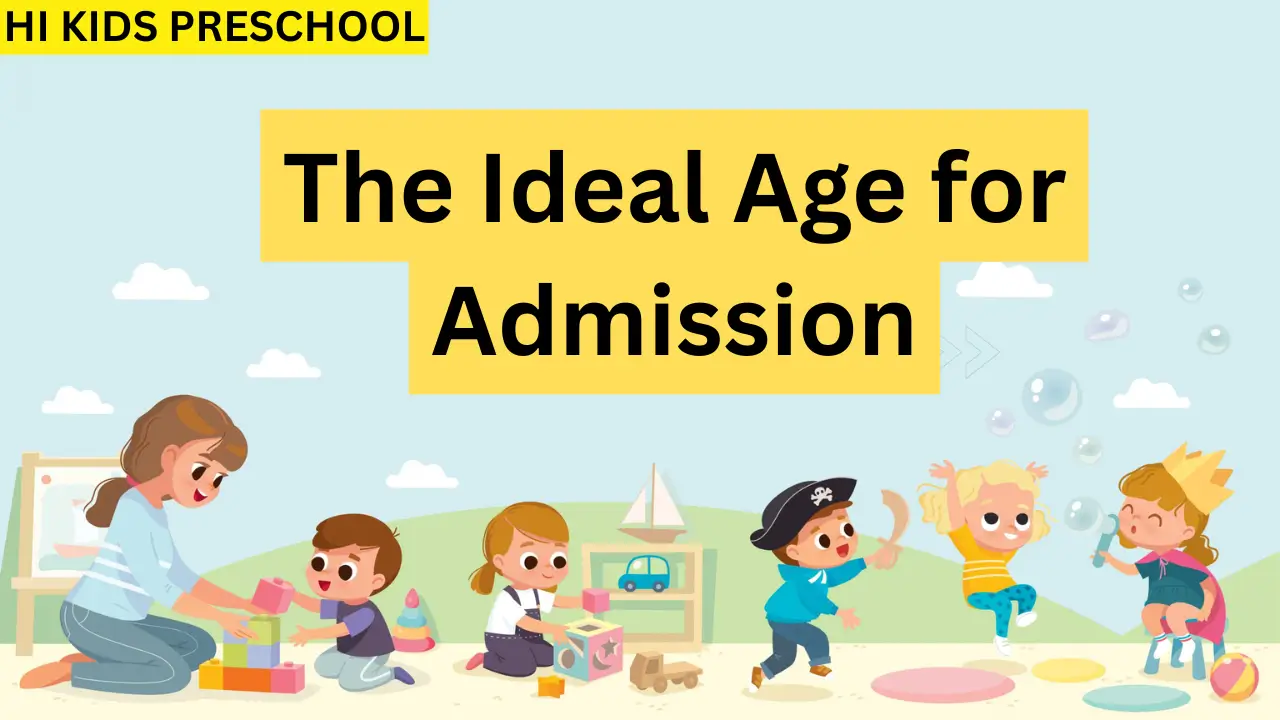Preschool education, which focuses on the critical early childhood years before primary school, plays a foundational role in a child’s development. As globalization continues to influence education frameworks worldwide, an increasingly important question for parents, educators, and policymakers alike is whether preschool curricula have international recognition.
In other words, can preschool programs deliver a standardized quality of education that is accepted and respected around the globe? This article explores the international recognition of preschool curricula, discusses key components of internationally accepted programs, presents recent updates, and highlights the benefits for children and educators.
What Does International Recognition of a Preschool Curriculum Mean?
International recognition refers to a curriculum’s acceptance and accreditation by educational authorities or organizations across multiple countries. Such curricula typically comply with rigorous educational standards and best practices validated by research and global early childhood education bodies.
It signifies that the learning outcomes, teaching methodologies, child development principles, and assessment strategies meet universally accepted norms, fostering consistency for families moving between countries or for adoption by international schools.
Leading International Preschool Curricula
Several preschool curricula have achieved notable international recognition due to their comprehensive, research-based frameworks and adaptable delivery formats.
- International Preschool Curriculum (IPC): The IPC is globally recognized and implemented in over 300 locations across six continents. It offers an integrated curriculum emphasizing holistic child development, learning through play, social skills, and cognitive growth. IPC licenses and accredits preschools, ensuring adherence to quality education standards worldwide. It continuously updates its content based on current child development research and provides teacher training to maintain high professional standards.
- International Early Years Curriculum (IEYC): Used in more than 60 countries, the IEYC supports play-based, inquiry-led learning and is designed to be culturally adaptable. It emphasizes personal, social, and emotional development alongside foundational academic skills.
- National Frameworks with Global Influence: Some countries have developed preschool curricula that while primarily national, have international influence due to their quality and research basis. For example, the UK’s Early Years Foundation Stage (EYFS) is widely respected, and curricula designed by organizations like UNESCO align with broad international goals.
Characteristics of Internationally Recognized Preschool Curricula
- Holistic Development: Focus on cognitive, social, emotional, and physical growth.
- Research-Based: Built on established early childhood development theories.
- Play-Based Learning: Recognizes play as a key medium for learning.
- Integrated Curriculum: Connects subjects like literacy, numeracy, science, and arts.
- Cultural Adaptability: Allows inclusion of local culture, language, and values.
- Educator Training: Includes professional development and ongoing teacher support.
- Assessment and Evaluation: Regular child progress tracking aligned with developmental milestones.
- Health and Safety Standards: Ensures safe learning environments meeting international codes.
Latest Developments and Global Goals
Early childhood education has gained unprecedented attention through global initiatives such as the United Nations Sustainable Development Goal 4 (SDG 4), which aims for inclusive, quality education for all children by 2030. Recently, international conferences like UNESCO’s 2022 World Conference on Early Childhood Care and Education highlighted the critical role of preschool and called for countries to invest at least 10% of their total education budget in early childhood.
Moreover, global partnerships are emerging to harmonize standards and expand access to quality preschool education, especially for vulnerable and disadvantaged children. Innovations in curriculum design are integrating digital resources, family involvement programs, and pedagogical advancements to meet diverse learning needs globally.
Advantages of International Recognition of Preschool Curricula
| Benefit | Explanation |
|---|---|
| Portability for Families | Children can more easily transition between countries without educational disruptions. |
| Quality Assurance | Ensures uniform standards in teaching, child safety, and learning outcomes worldwide. |
| Professional Development | Teachers have access to internationally benchmarked training and resources. |
| Holistic Child Development | Emphasizes comprehensive growth beyond academics, including social and emotional skills. |
| Cross-Cultural Competence | Supports diverse cultural integration preparing children for global citizenship. |
| Increased Trust for Parents | Parents gain confidence in curriculum quality and outcomes. |
How to Identify an Internationally Recognized Preschool Curriculum
- Holds accreditation from reputed international or regional education bodies.
- Complies with frameworks aligned with global standards such as those from UNESCO.
- Offers extensive teacher training and resource support.
- Is adaptable for local cultural contexts while maintaining curriculum integrity.
- Demonstrates evidence-based updates and integration of early childhood development research.
- Provides transparent assessment and child progress tracking.
Challenges and Considerations
While international recognition brings many benefits, preschools and policymakers must consider challenges including:
- Balancing international standards with local cultural relevance.
- Ensuring equitable access to internationally recognized curricula for disadvantaged communities.
- Managing costs related to licensing, teacher training, and materials.
- Adapting curricula to evolving educational research and technology.
Conclusion
Yes, preschool curricula can be internationally recognized, with several programs such as the International Preschool Curriculum (IPC) and International Early Years Curriculum (IEYC) leading the way in global adoption, accreditation, and quality assurance. These curricula embody best practices in child development, play-based learning, and integrated educational approaches.
Supported by global educational goals and partnerships, the international recognition of preschool curricula ensures that young children worldwide receive high-quality, holistic early education that is portable, culturally adaptable, and aligned with future readiness. For parents, educators, and administrators, choosing an internationally recognized curriculum promotes trust, continuity, and excellence in the vital early years of learning.

















